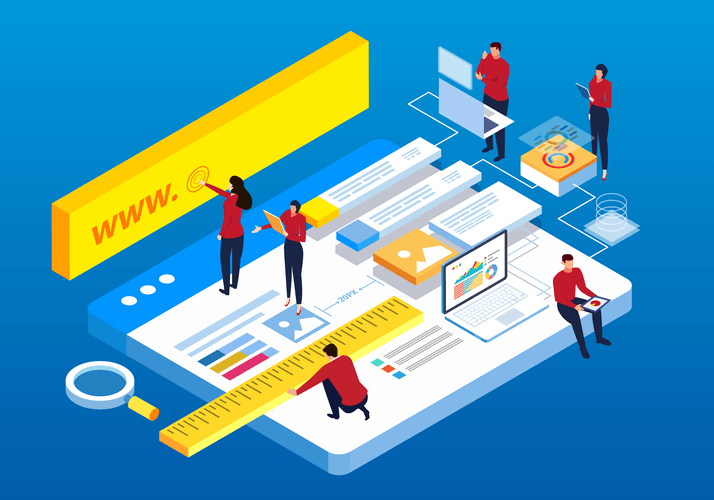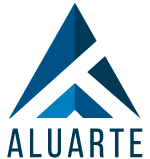- Ingeniería y Servicios Aluarte
- 938 384 2000
- contacto@aluarte.com.mx
Mobile device security and data protection
How you can find Bride For Marriage
noviembre 9, 2022Tips on how to Meet Foreign Girlfriend Online
noviembre 10, 2022Mobile device security and data protection
Ultimately, engaging in secure software development practices identifies security risks early, when they’re quick and cheap to fix, rather than after deployment. Simply put, zero trust is an approach to https://www.globalcloudteam.com/ security that requires authentication and authorization to access any resource within an organization’s IT environment. Zero trust security does not require a specific network or a specific device type.
- ThreatCast is a threat monitoring solution that provides real-time visibility for Android and iOS apps.
- You can remotely shut down all open apps, to foil a thief who stole an unlocked phone.
- Most public-facing applications are designed keeping in mind that they have to be compatible with almost any device in the market.
- Reversing Android apps can easily provide test login credentials, insights into bad design, details about the libraries and classes used.
OneSpan’s advanced authentication technology ensures the integrity of the mobile applications running on the device, without compromising the experience. Researchers say mobile malware purveyors have been abusing a bug in the Google Android platform that lets them sneak malicious code into mobile apps and evade security scanning tools. Google says it has updated its app malware detection mechanisms in response to the new research. Creating secure mobile workspaces helps prevent malware from accessing corporate apps and stops users from copying, saving, or distributing sensitive data.
OCBC’s new anti-scam measure upsets some users; bank clarifies only apps with risky permission settings flagged
Apps cannot communicate with other apps or directly access the directories or data of other apps. IOS apps are developed in native Objective C language with tools like Xcode. It is based on the same ARM version of XNU kernel as that of OSX, which is used in Apple’s laptops and Mac computers.

Don’t be an app that asks users to save their passwords for easy login later. In case of any security incident, these saved passwords can be exploited to gain access to the personal information of users. The chances of password theft increase even further if they are not encrypted properly. So, it’s better not to save user passwords or use proper hashing techniques if you are already doing so.
Data Linked to You
When the device is found or replaced, IT should be able to quickly restore users’ apps and data. But according to a survey, more than 75% of mobile applications will fail basic security tests. Mobile devices span multiple operating systems and, given the distributed nature of components, mobile app security often experiences problems. Both paid apps and premium tiers generally cost between $15 and $30 per year. However, some app makers try to limit the number of devices you can install their premium/paid versions on. Meanwhile, others tack on a super-premium tier that gives you unlimited access to a VPN or an identity theft protection service, often at a pretty good price.

This may open the network to a ton of infections that may have been gathered on an employee’s device. Hence, it is important to have a security policy in place and prevent such practices. Each device connecting to an office network should be scanned thoroughly with firewall, antivirus, and anti-spam software or should not be allowed to connect at all. It aims to find potential weaknesses that an attacker might use and compromise the security of the final application. It involves checking weak password policy, unencrypted data, permissions to third-party apps, no password expiry protocol, etc.
Insufficient Transport Layer Protection (TLS)
Recent Android and iOS vulnerabilities such as Stagefright and XcodeGhost have exposed mobile users to attack. Strong encryption that leverages 4096-bit SSL keys and session-based key exchanges can prevent even the most determined hackers from decrypting communications. For more information, check out our guide on how we test antivirus software and apps as well as our more general how we test page for Tom’s Guide. Freemium apps let you choose between getting a limited set of features for free or upgrading to the premium version which gives you access to all of their features, similar to fully paid apps. However, unless you have a Google Pixel or Android One phone, you won’t get these updates and upgrades right away. Most device makers need extra time to make sure that changes to Android won’t break their devices or software.

For example, hackers can now use artificial intelligence (AI) to automatically detect and exploit system weaknesses. That’s what happened in 2018, when hackers used AI to launch mobile app security a cyberattack against the online labor marketplace TaskRabbit. Always check the app’s permissions and know what information it will gather and share before installing it.
ESET Internet Security
Independent antivirus testers at AV-Test Institute and MRG-Effitas gave Norton’s Android antivirus perfect scores. Tested under Windows, its web protection did well, detecting and deflecting 96% of fraudulent websites and 100% of malicious ones. In an unusual twist, Norton’s real-time malware protection reaches all the way into the Play store, warning you before you even download unsafe apps. Security experts have also found that insecure data storage is one of the most common vulnerabilities in iOS devices, which hackers exploit to steal passwords, financial information, and personal data or users. Many Android developers do not update their apps regularly or pay heed to the OS patches issued by Android, which results in a lack of protection against newly found vulnerabilities.

Norton 360 Deluxe gives you that, along with a panoply of other cross-platform features. Code is obfuscated to prevent data and property from hackers who may reverse-engineer code using software programs. In Apple’s iOS, this technique is not so widespread as its libraries are closed. Hackers gain the code base of the app to illegally create their clones or simply steal the intellectual property of the company that owns the app. The more successful an app is, the more number of clones it is likely to attract on app stores. In May 2019, WhatsApp acknowledged that its app was vulnerable to spyware from an Israeli firm NSO group that could infect a mobile device simply by calling a user on WhatsApp from an unknown number.
Why Is It Important to Secure Mobile Apps?
With Android, the bytecode can be altered and packed again in the form of APK files. Reversing Android apps can easily provide test login credentials, insights into bad design, details about the libraries and classes used. This can help the attacker is not only hacking one device but multiple devices using the same decryption method. Most of the common security lapses are documented by industry experts under the aegis of The Open Web Application Security Project (OWASP) for reference for developers.
Its popular list OWASP Mobile Top 10 comprehensively builds on the pooled knowledge of industry experts about the present and developing attack vectors on mobile devices. Apart from losing crucial user data, the loss can come in the form of both misuses of user information as well as lawsuits from affected parties. While the positive of undertaking security drills is that customers stay loyal and trust the brand, the negative is the loss of customers’ confidence forever. Companies should realize that at the center of their business lies the confidence of their customers in their brand.
Data safety
You can keep private data like names, addresses, and credit card numbers out of the development environment by masking it. Data-masking technology replaces sensitive information with random characters and numbers, data from built-in libraries, or customizable patterns. And because the data never leaves the environment, you get an accurate picture of performance and reliability. It’s no wonder that 88% of boards of directors view cybersecurity as a business risk, Gartner reports. Cyberattacks are becoming more sophisticated — and as a result, more destructive.

